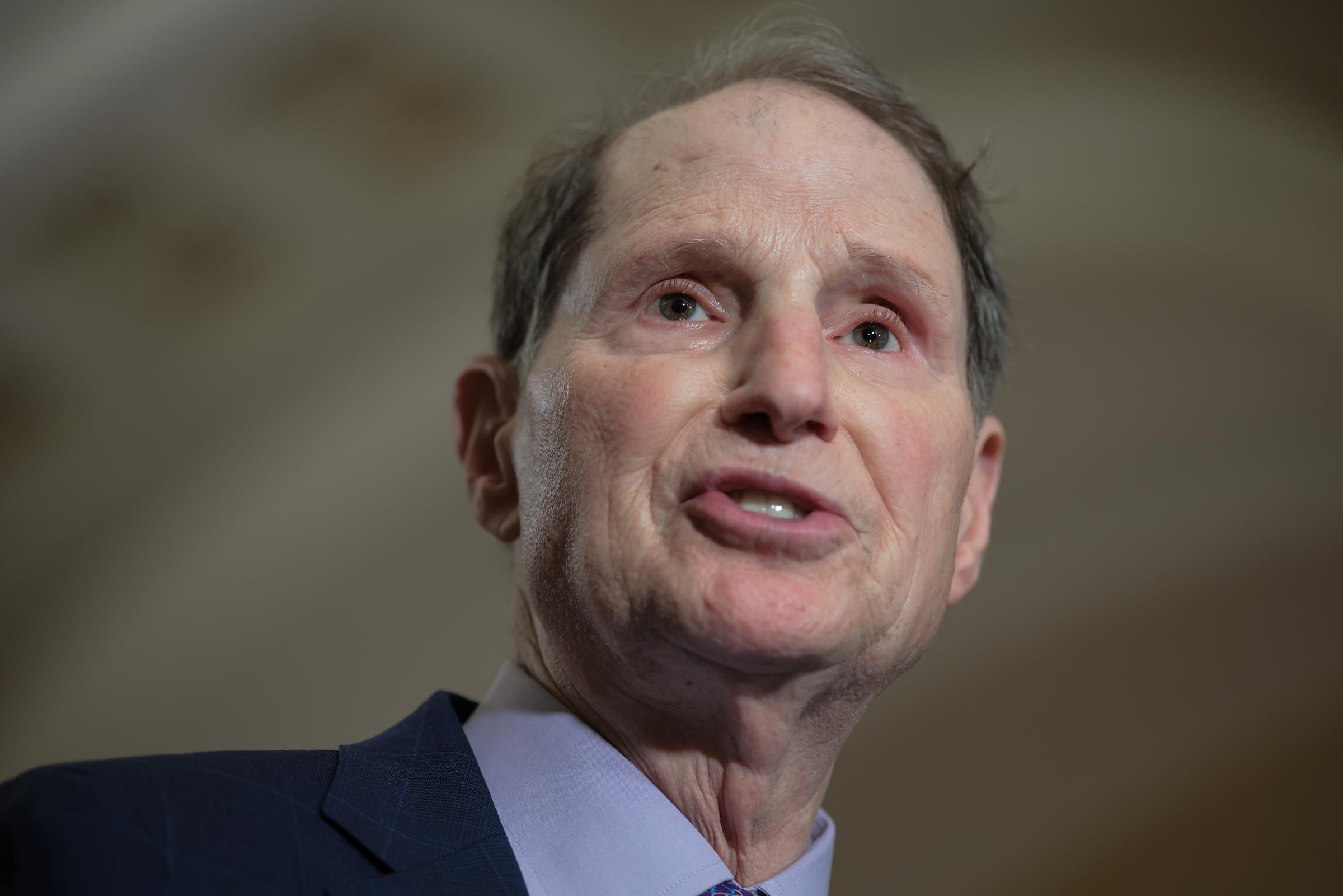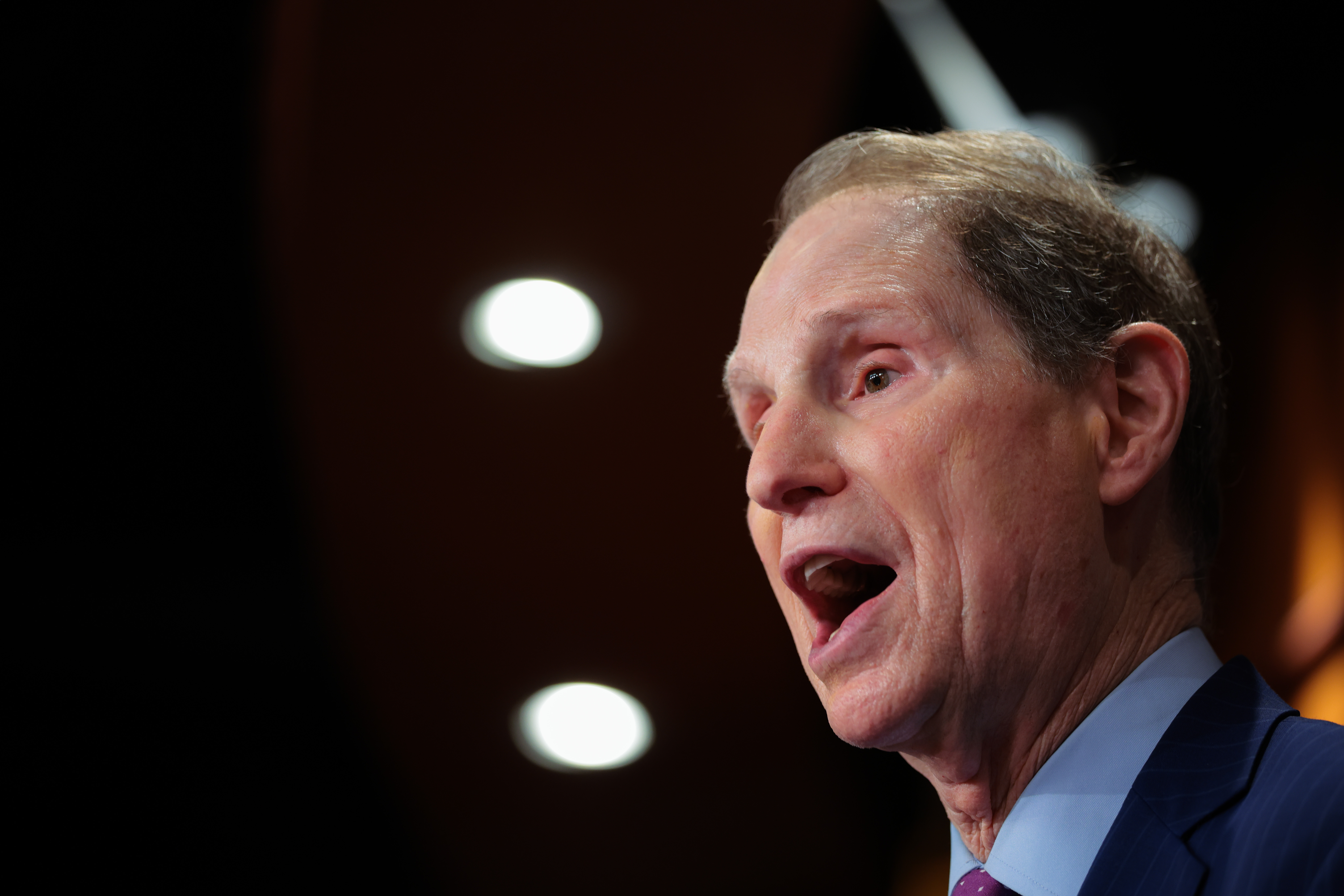Thousands of lives each year could hang in the balance under a sweeping health care overhaul backed by the 47th U.S. President, according to new projections from leading academic institutions.
A newly released projection from Yale University and the University of Pennsylvania warns that over 51,000 additional Americans could die every year if the Republican-led budget reconciliation bill, referred to by President Donald J. Trump as the “Big, Beautiful Bill,” is enacted into law.
View this post on Instagram
On June 3, 2025, Senator Bernie Sanders (I-Vt.), Ranking Member of the Senate Health, Education, Labor, and Pensions (HELP) Committee, responded to the alarming findings.
The analysis from researchers at the Yale School of Public Health and the University of Pennsylvania’s Leonard Davis Institute of Health Economics outlines the estimated mortality impacts of four key provisions in the proposed legislation.

Sanders issued a statement emphasizing the gravity of the findings. “Let’s be clear. The Republican reconciliation bill which makes massive cuts to Medicaid in order to pay for huge tax breaks for billionaires is not just bad public policy. It is not just immoral. It is a death sentence for struggling Americans.”
Citing the academic research, he added, “That’s not Bernie Sanders talking. That is precisely what experts at Yale and the University of Pennsylvania have found.”

According to the researchers’ estimates, 11,300 deaths would occur annually as a result of working individuals losing health coverage from Medicaid and the Affordable Care Act.
An additional 18,200 deaths are projected from low-income seniors losing access to subsidies that reduce prescription drug costs. The elimination of staffing requirements in nursing homes is expected to result in 13,000 more deaths.
The analysis sent to Senators Sanders and Ron Wyden is based on mortality projections tied to the retraction of several healthcare protections.
It incorporates the Congressional Budget Office’s estimates that 7.7 million people would lose Medicaid or ACA Marketplace coverage and that 1.38 million low-income Medicare beneficiaries would lose Medicaid coverage via the Medicare Savings Programs.
It also accounts for the immediate repeal of a national floor for nursing home staffing levels set by the Centers for Medicare and Medicaid Services in 2024.

The letter explains that the three core provisions of the bill impact distinct populations: those losing all Medicaid coverage, community-based individuals retaining Medicare but losing Medicaid, and nursing home residents affected by decreased staffing. The combination of these effects alone is projected to cause over 42,500 deaths annually.
Additionally, the researchers included estimates of the effects of allowing the expiration of Enhanced ACA Premium Tax Credits. The bill’s failure to extend tax credits for ACA coverage is projected to cause 8,811 preventable deaths, pushing the total annual mortality estimate to over 51,000.

Senator Sanders, echoing his opposition to the proposed legislation, stated, “In the wealthiest country in the world, we should be guaranteeing health care to all as a human right, not taking health care away from millions of seniors and working families to pay for tax breaks for billionaires.” He concluded his remarks by vowing to do everything within his power to prevent the bill from becoming law.

The findings by Yale and the University of Pennsylvania researchers have drawn nationwide attention, particularly as the bill continues to gain political momentum. While proponents of the legislation have focused on its economic and structural reforms, experts have raised alarms about its potential human cost.
In a detailed communication to Senate leaders, including Sanders and Wyden, researchers highlighted the devastating impact of the proposed legislation.

“These are not abstract numbers,” Dr. Alison Galvani, Director of Yale’s Center for Infectious Disease Modeling and Analysis, said of the mortality projections made in the letter. “Every data point represents a human life. These cuts would disproportionately harm the most vulnerable communities in America, including older adults, low-income families, and people already at the margins of our health care system.”
To support their projections, the researchers used mortality data from peer-reviewed studies and applied them to population loss estimates issued by the Congressional Budget Office (CBO) in May 2025. They emphasized that each policy change in the bill affects different segments of the population, making the cumulative death toll additive.
The White House has promoted the bill under the title “One Big, Beautiful Bill,” describing it as a sweeping set of reforms meant to fulfill long-standing Republican promises.

On its official website, the administration listed “50 reasons why President Donald J. Trump’s One Big, Beautiful Bill is the best chance in a generation to pass critical reforms for which Americans voted.”
While these benefits are outlined in detail on the White House’s platform, they stand in stark contrast to warnings from public health institutions and budget analysts.

On May 21, 2025, the Joint Economic Committee cited a CBO report released earlier that month, which projected that 13.7 million people would lose health insurance by 2034 due to Medicaid and ACA cuts included in the legislation.

Beyond public health consequences, financial analysts have flagged the bill’s economic implications. According to an updated cost estimate issued by the CBO on June 4, 2025, the legislation is projected to increase federal debt by nearly $3 trillion by Fiscal Year 2034.
If its provisions are made permanent, the debt increase could reach approximately $5 trillion. This projection accounts for both direct costs and the added burden of interest payments on new debt.

The analysis and critiques surrounding President Donald Trump’s bill indicate a widening divide between its stated policy goals and the projected real-world outcomes.
With Congressional deliberations ongoing, the findings from Yale and the University of Pennsylvania continue to play a central role in shaping the debate over the future of health care and economic equity in the United States.



